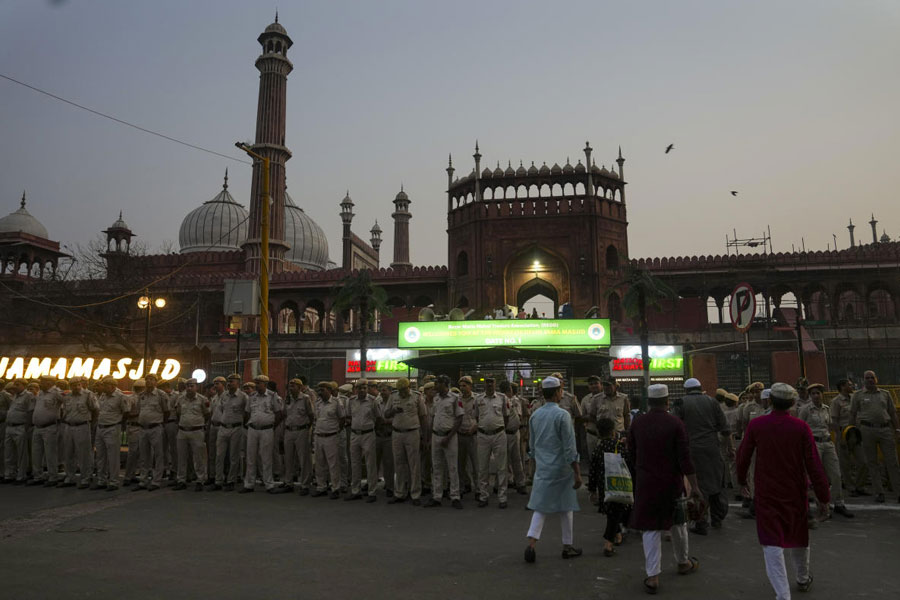 |
| More seats of learning proposed |
Jamshedpur, Dec. 7: A committee of University Grants Commission (UGC) is mulling a move to start 374 colleges to boost education in the backward areas of the country as a part of its 11th Five Year Plan — which has 2012 as its deadline.
For Jharkhand, the move spells good news as of the 374 new colleges, 12 would be in Jharkhand.
The colleges would be in areas or districts where the gross enrolment ratio (GER) is less than the national GER average.
The GER is a measure that includes all students enrolled in higher education, proportionate to the population in the relevant age group of 18 to 23 years. The formula to define the GER is — all enrolled in post higher secondary classes divided by the total population in the 18 to 23 age bracket and multiplied by 100.
“We hope that the state’s GER would improve once we set up the new seats of learning. The move is meant for those areas where students have to forego higher education either because they can’t afford it or because the nearest university or college is too far away. Though it will take five years to set up all the colleges, once they are completed, we hope to make a difference,” said Anjani Srivastava, the director of state higher education department.
For now, the 12 selected sites for the colleges are Chatra, Deoghar, Dumka, Garhwa, Giridih, Godda, Gumla, Koderma, Pakur, Palamau, Chaibasa and Sahebganj.
The workings of the new colleges will be divided among the top three universities in the state — Ranchi University, Sidho-Kanho-Murmu University and Vinobha Bhabe University.
Though the literacy rate in Jharkhand is 69 per cent according to the 2001 census, Jharkhand’s GER is around 8 per cent, 4.24 per cent lower than the national average of 12.4 per cent.
On the other hand, a state like Kerala has a GER of 17.6 per cent — more than the national average.
“The UGC felt the need to focus on backward or rural areas where the GER is lower than the national average. It was also fe;t that expansion of present universities was not enough to make higher education inclusive. Once the fund comes in from the Centre, we will be ready to start the process,” said Srivastava.
A total amount of Rs 10 crore has been sanctioned for the colleges. The Centre would pay one-third of the total amount, while the rest will be borne by the state governments.
Though students are happy that new colleges would be coming up in places nearer to their homes, question remains if the new hubs would be at a par with their city counterparts infrastructure-wise.
For now though students are happy with the decision. “There is tremendous amount of pressure in the present colleges because of the growing population. Each and every college in the state is overloaded. Apart from the new colleges, it would be really beneficial if the UGC committee also commissions more professional courses in the colleges both old and the new,” said Dhananjay Laguri, a postgraduate student of Tata College in Chaibasa.











